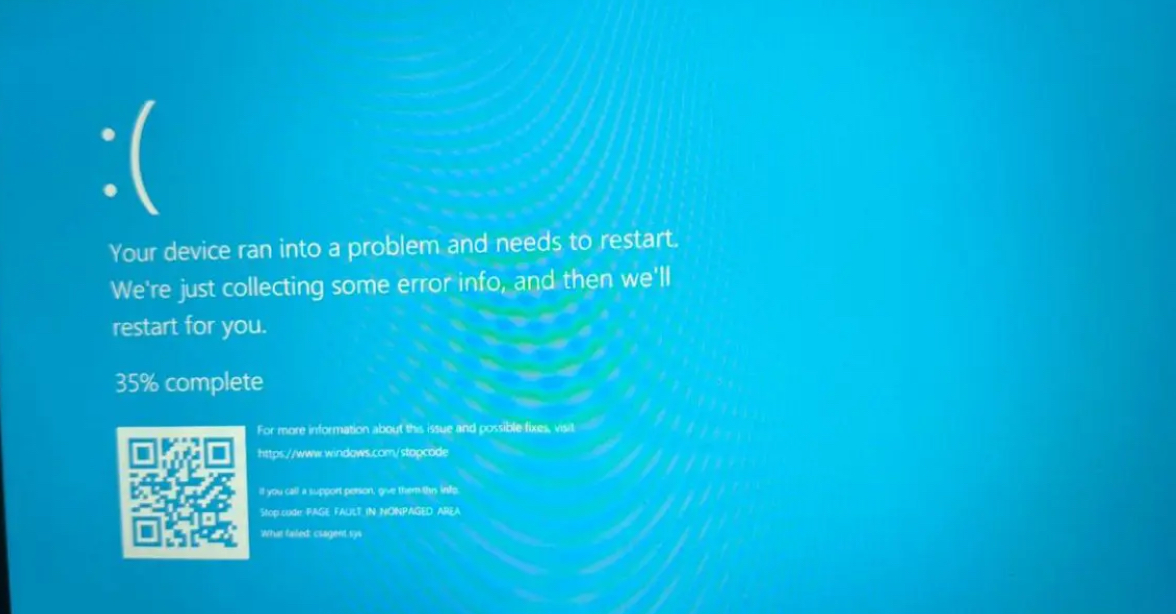Wasting in South Asia : Lesson to learn

UN Children’s Fund , New York : A one-day consultation was held in New York on 16 November 2018 to examine the evidence on wasting in South Asia and guide the direction of future collaborative efforts of the No Wasted Lives coalition in the region. The consultation was organized by UNICEF with the following objectives: (1) to share the status of policy and programme action to care for severely wasted children in South Asia; and (2) to identify evidence gaps, research priorities and way forward to build the evidence base to inform the policy and programme response in South Asia. Members of No Wasted Lives and the Council of Research and Technical Advice on Acute Malnutrition (CORTASAM), researchers and academics were invited to join the consultation. There were 32 participants, including 13 participants who joined the meeting remotely.
In the morning, presentations examined the status of and response to wasting in South Asia, with a specific focus on India, which carries about 80 per cent of the region’s wasting burden and where the government is developing national guidelines on the community-based management of acute malnutrition (CMAM). In the afternoon, the participants discussed the data and evidence presented, the implications for the design of policies and programme to prevent and manage severe wasting, and follow-up actions needed.
Based on the information and evidence shared during the one-day consultation, the following conclusions were drawn.
First, the South Asia context for wasting has several unique characteristics, compared to sub-Saharan Africa where the prevalence is also high. These characteristics require further exploration because they may warrant nuanced approaches to the prevention and treatment of wasting and severe wasting. Contrary to countries in other regions, the prevalence of wasting is highest at birth in South Asia, which suggests that poor maternal nutrition is a key driver and should be considered in preventive efforts. Most infants in South Asia experience their first wasting episode by three months of age, and a higher proportion of children have prolonged episodes of wasting, hereafter referred to as ‘persistent wasting’, than in sub-Saharan Africa. In India, severely wasted children respond lower and slower to treatment in India for reasons that are not fully understood. There are also questions concerning the mortality risks of severe wasting and child survival benefits of treatment in South Asian countries. The ‘very high’ prevalence of wasting (15.9 per cent) and severe wasting (5.1 per cent) in South Asia exceeds all other regions, yet the post-neonatal mortality rate is relatively low. However, these comparisons need careful interpretation and more research is needed to understand the relationship between mortality and wasting in South Asia. Furthermore, the mortality risks are not low enough to ignore, particularly in the first six months of life, and there are potentially long-term impacts of wasting on cognition and learning.
Second, the draft India CMAM guidelines and the country level adaptations build on the relatively strong community platforms for early case detection, community-based management and referral in India. With these guidelines, the government seeks sustainable and scalable solutions that focus on both the prevention and treatment of wasting, including during the first six months of life. The current draft of the India CMAM guidelines does not promote the use of mid-upper arm circumference (MUAC) to identify wasted children or the use of ready-to-use therapeutic food (RUTF) to treat severely wasted children, even though these are supported by the World Health Organization’s 2013 recommendations for treatment of children with severe acute malnutrition (SAM). Instead, children will be identified using weight-for-height and/or bilateral oedema, and severely wasted children without medical complications will be treated with local foods in the form of take-home rations or hot cooked meals that are energy dense, micronutrient-rich and safely produced. Participants in the consultation concluded these approaches are likely to be adequate if the intervention provides a quality product that complies with WHO specifications, and systems are in place to identify and refer severely wasted children with medical complications for inpatient care. The draft guidelines provide an opportunity for a learning agenda including the cost-effectiveness of this alternative model of care for severely wasted children.
Third, research in South Asia can contribute to global and regional efforts in optimizing and innovating care and treatment approaches for children with severe wasting. Areas of research include modifications in the quantity, duration and formulations of RUTF use in nutritional rehabilitation; the use of home-based foods or home-augmented foods to treat severe wasting; and transitioning from treatment foods to family diets. This research could facilitate the development of a greater range of treatment options that are tailored to specific contexts that have the potential for greater coverage, quality and sustainability of care and treatment for severe wasting.
Full report : Click here



















Facebook Comments